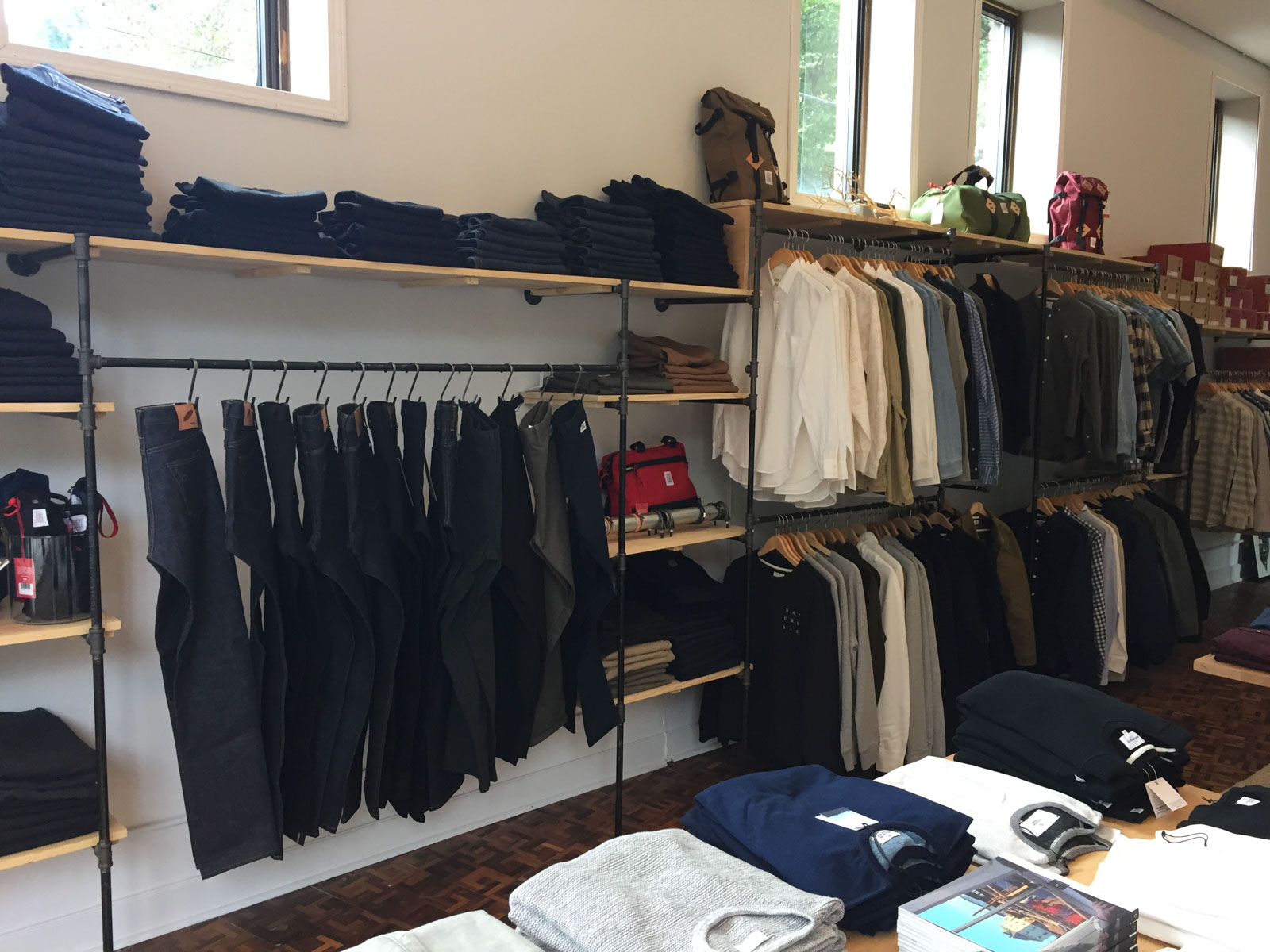Eastern Wear Pakistan: Crucial Wardrobe Parts for every single Fashion Lover
Eastern Wear Pakistan: Crucial Wardrobe Parts for every single Fashion Lover
Blog Article
Experience the Sophistication of Traditional Eastern Clothes
Start a journey with the intricate globe of typical Eastern clothes, where each garment narrates woven with social richness and historical importance. From the dynamic colors of a Chinese qipao to the regal elegance of a Pakistani shalwar kameez, these garments use a glimpse right into a world where workmanship meets creativity. The blend of luxurious textiles and delicate embroidery methods creates a tapestry of beauty that transcends borders and time. Join us as we unravel the tricks behind these charming items and discover the attraction of Eastern clothing that has actually astounded generations.
Background of Eastern Clothes
Eastern clothes has an abundant background that dates back centuries, mirroring the diverse societies and customs of areas such as Asia and the Middle East. In Asia, conventional clothes differs substantially from the vivid saris used in India to the classy robe of Japan.
Throughout background, Eastern clothing has not just offered as a form of clothes but additionally as an icon of cultural identification and heritage. Today, Eastern attire continues to advance, mixing typical components with modern-day fashion patterns to create classic and distinct designs.
Value of Needlework
Embroidery plays a crucial duty in conventional Eastern attire, including detailed information and social importance to garments that have actually been given with generations. In Eastern societies, needlework is not merely decorative but holds deep symbolic meanings. Each stitch and pattern can share tales, beliefs, and even social condition.
The art of needlework in conventional Eastern attire is a labor-intensive procedure that requires skill and patience. Highly knowledgeable artisans carefully hand embroider elaborate designs onto materials making use of strategies that have actually been improved over centuries. These stitched designs usually mirror the abundant cultural heritage of the area they originate from, showcasing motifs inspired naturally, mythology, or historic events.

Lavish Fabrics Used
Luxurious fabrics play an essential role in boosting the sophistication and opulence of standard attire across varied Eastern societies. Silk, renowned for its gentleness and luster, is a popular selection for several traditional garments because of its extravagant feel and capability to curtain gracefully. In nations like India, China, and Japan, silk has a long background of being made use of in traditional clothing, representing wide range and standing.
An additional extensively made use of elegant fabric is brocade, identified by complex patterns woven into the material. Brocade includes a touch of class to garments and is usually seen in ritualistic attire and formal wear. Velour, with its plush appearance and rich appearance, is likewise a prominent choice for typical outfit in Eastern cultures, especially for festive occasions and special celebrations.
Moreover, satin, fabric, and chiffon are frequently utilized for their running and lightweight qualities, including a sense of delicacy and style to garments. These extravagant textiles not only raise the visual appeal of standard Eastern attire however likewise add to the total attraction and appeal of the user.
Workmanship Methods
Conventional clothing in numerous cultures showcases remarkable craftsmanship strategies that are site link passed down with generations, highlighting the ability and creativity associated with creating these exquisite garments. Each decoration, stitch, and needlework is thoroughly crafted to develop ageless items that symbolize the social heritage and traditions of the region. The craftsmanship methods made use of in typical Eastern attire usually entail elaborate handwork, such as hand weaving, hand embroidery, and hand beading, which call for precision and attention to detail.
Artisans that concentrate on these methods undergo years of training to excellent their skills and master the standard methods of garment construction. Using top quality materials combined with expert craftsmanship leads to garments that not only look visually sensational however additionally stand the test of time. The commitment to protecting these workmanship strategies makes sure that each piece of standard Eastern attire is a job of art, showing the rich cultural background and heritage of the area.
Ageless Beauty and Appeal

The intricate needlework, delicate beadwork, and elegant fabrics utilized in conventional Eastern clothes add to its unrivaled charm. The thorough workmanship passed down through generations makes sure that every piece narrates and shows class and elegance.
Furthermore, the traditional shapes and stylish draping of typical Eastern clothes contribute to click here now its long-lasting charm. The flowing lines and classy layouts create a feeling of consistency and balance that is both psychologically fascinating and aesthetically appealing.
In significance, the timeless sophistication and appeal of traditional Eastern clothing work as a testament to the skill get redirected here and virtuosity of the craftsmen that devote their lives to protecting these charming sartorial practices. - eastern wear pakistan
Final Thought
To conclude, the style of typical Eastern clothes is a testament to the rich history, cultural importance, and elaborate craftsmanship of the region. From the elaborate needlework to the lavish materials and timeless appeal, each garment narrates and mirrors the cultural identity of its origins. Embracing Eastern clothing permits one to appreciate the virtuosity and style that have been given through generations, creating captivating and really charming pieces.
Embark on a trip with the complex world of standard Eastern clothes, where each garment tells a story woven with cultural richness and historical relevance.Embroidery plays an essential role in traditional Eastern clothing, adding intricate information and cultural importance to garments that have been passed down through generations.Lavish textiles play a critical duty in boosting the sophistication and luxury of traditional outfit across varied Eastern cultures. The workmanship techniques made use of in typical Eastern attire usually include complex handwork, such as hand weaving, hand needlework, and hand beading, which require accuracy and interest to information.
In final thought, the beauty of typical Eastern clothes is a testament to the rich background, social significance, and intricate craftsmanship of the region.
Report this page